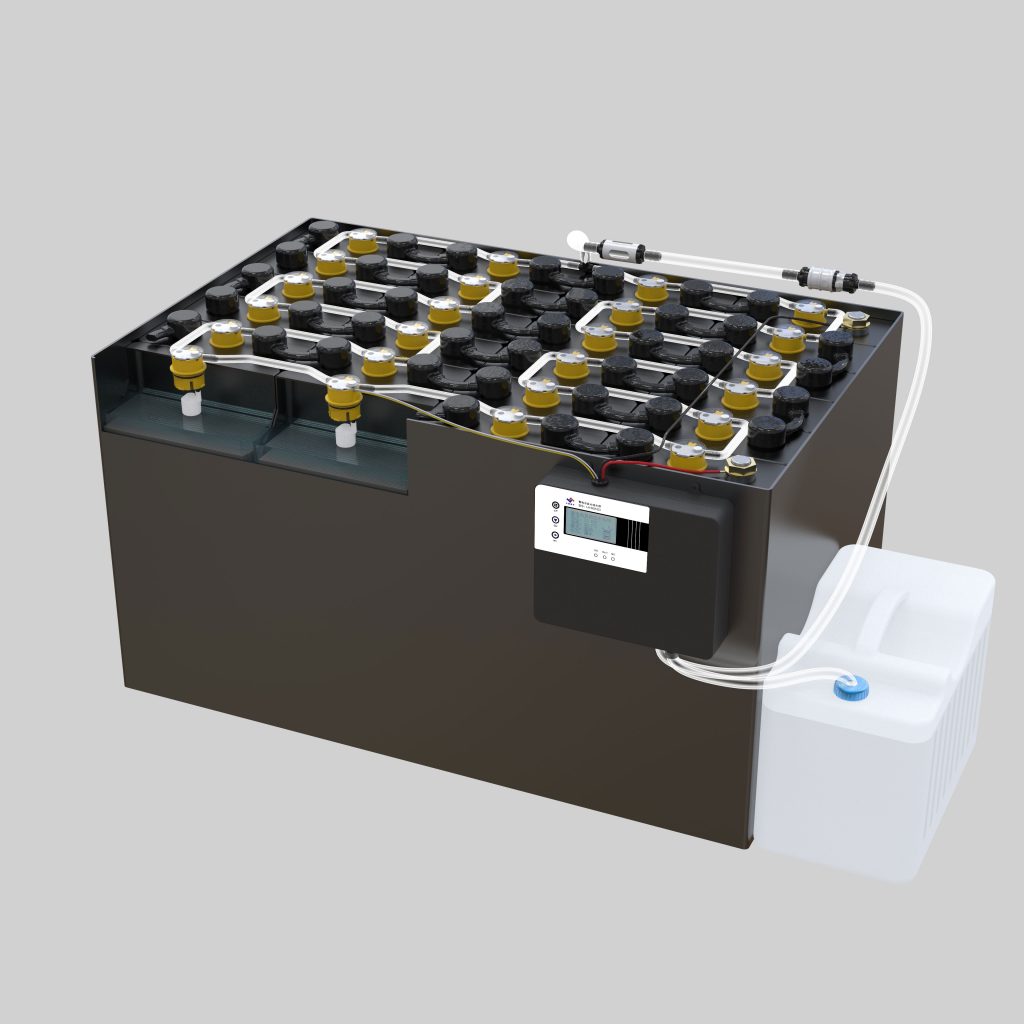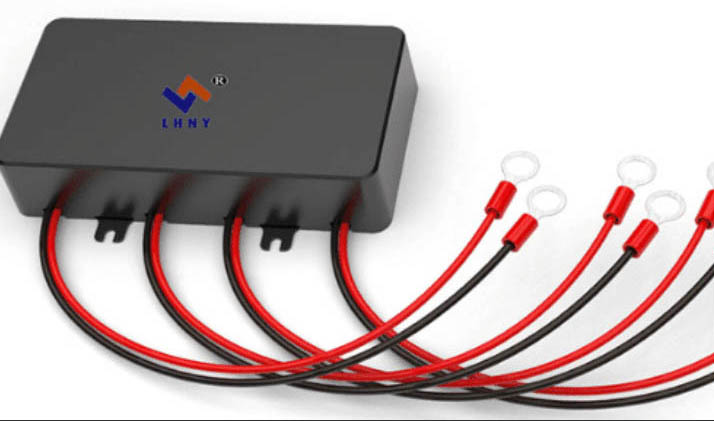四.Plate bending and corrosion cracking
The bending of the pole plate mostly occurs in the positive plate, while the negative plate rarely occurs. Some negative plates are bent because the positive plate is bent too much and the negative plate is forced to bend.
The fracture of the electrode plate mostly occurs in the process of use. Due to the corrosion of the grid, the strength becomes smaller, resulting in the rupture of the electrode plate, especially the performance of the positive electrode grid is more serious. The main reasons for the bending of the electrode plate are as follows:
(1)During the manufacturing process, the active material of the electrode plate is not uniformly distributed due to the formation or paste application. Therefore, the electrochemical effect of each part of the electrode plate during charging and discharging is not uniform, resulting in the expansion of the volume of the active material on the electrode plate. Inconsistent shrinkage caused bending, and some caused cracking.

(2)Overcharging or overdischarging increases the expansion and contraction of the active material in the inner layer, and the recovery process is inconsistent, resulting in the bending of the electrode plate.
(3)During high-current discharge or high-temperature discharge, the active material of the electrode plate reacts violently, which is likely to cause uneven chemical reaction and cause the electrode plate to bend.
(4)The battery contains impurities. When local action is caused, only a small part of the active material becomes lead sulfate, which results in inconsistent changes in the volume of the active material of the entire plate, which results in bending.
The main reasons for the corrosion and fracture of the positive plate are as follows:
(1)There is a problem with the manufacturing process of the grid alloy, which causes the electrode plate to break due to corrosion resistance during the charging and discharging process.
(2)During charging, the positive grid is in the condition of anodic polarization, and often overcharging is the main reason for the corrosion and fracture of the positive plate.
(3)The density of the electrolyte is too high, the temperature is too high, and the oxidation corrosion of the positive plate is aggravated.
(4)The electrolyte of lead-acid batteries contains acids or other organic salts that have a corrosive effect on the positive grid, which will gradually corrode the positive grid. These acids and salts that are harmful to the positive grid may come from sulfuric acid, distilled water, or may be leached from the separator or other components. Therefore, during the charge-discharge cycle, the electrode or the positive grid is continuously corroded.
(5)The process of the positive plate being corroded, that is, the process of forming an oxide film, so the linear dimension of the grid increases, which causes the deformation or expansion of the grid.

For more information via Whatsapp: +86-18007279352
